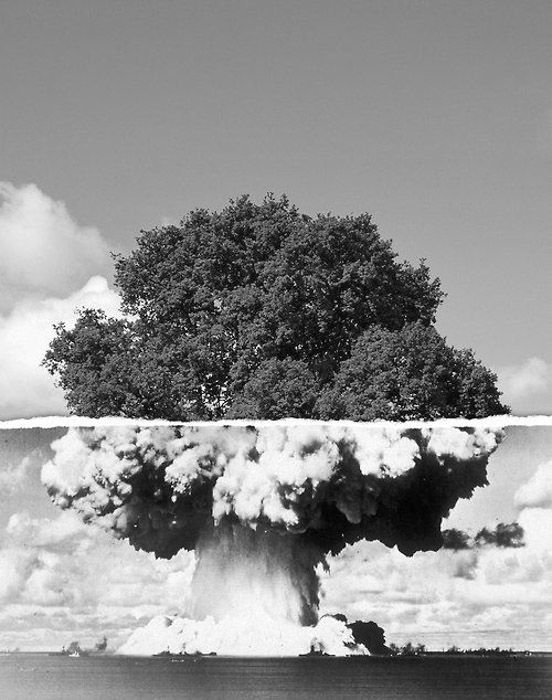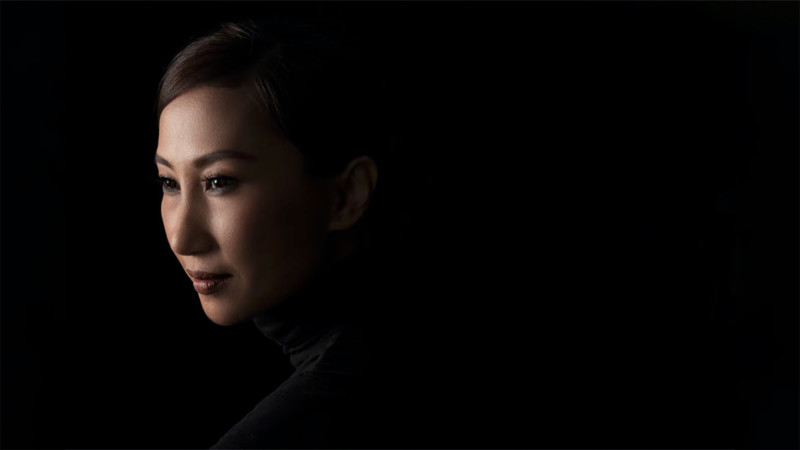Diamond cameo:

For this diamond cameo I used 4 separate images from different angles and placed them behind a layer of cut-out ovals.
Double exposure:


For this diamond cameo I used 4 separate images from different angles and placed them behind a layer of cut-out ovals.









Juxtaposition in photography happens when two or more people/objects are compared side by side, creating an interesting contrast in colours, shapes, lines, etc. It’s a very significant way to describe two contrasting effects of objects, ideas, people, images, and animals in a single photo.






One point lighting
a single source of light creates a very natural, sometimes dramatic look that will draw people’s attention to the single lighted person or surface. And if it’s good enough for nature, there are times it might be good enough for you.

Three-point lighting is one of the most common lighting setups. It is traditionally used in a studio, but photographers may use it on-location in combination with ambient light. This setup uses three lights, the key light, fill light, and back light, to fully bring out details and the three-dimensionality of the subject’s features.


The key light, also known as the main light, is placed either to the left, right, or above the subject’s face, typically 30 to 60 degrees from the camera. The purpose of the key light is to give shape to and emphasize particular features of the subject. The distance of the key light from the camera controls the falloff of the light and profoundness of shadows.

The fill light, also known as the secondary main light, is typically placed opposite the key light. For example, if the key light is placed 30 degrees camera-left, the fill light will be placed 30 degrees camera-right. The purpose of a fill light is to combat strong shadows created by the main light. Intensity of the fill light may be equal to the main light to eliminate shadows completely, or less intense to simply lessen shadows. Sometimes, the purpose of a fill light may be served by a reflector rather than an actual light.
The back light, also known as a hair light, helps separate a subject from its background and emphasize hair. In some cases, photographers may use a hair light to create lens flare or other artistic effects.
Low-key
Low-key lighting is a technique used to result in an image where only part of the subject is lit, has dark shadows, and a background darker than the subject. Low-key lighting typically involves use of just one light in the three-point lighting setup (although sometimes two).
Butterfly lighting
Butterfly lighting uses only two lights. The key light is placed directly in front of the subject above the camera (or slightly to one side), and a bit higher than the key light in a three-point lighting setup. The second light (more often a reflector rather than an actual light) is placed as a fill directly below the camera (or slightly to the opposite side).
This lighting may be recognized by the strong light falling on the forehead, the bridge of the nose, the upper cheeks, and by the distinct shadow below the nose that often looks rather like a butterfly and thus, provides the name for this lighting technique.
Butterfly lighting was a favourite of famed Hollywood portraitist George Hurrell, which is why this style of lighting is often called Paramount lighting.




The origins of the word “Deadpan” can be traced to 1927 when Vanity Fair Magazine compounded the words dead and pan, a slang word for a face, and used it as a noun. In 1928 the New York Times used it as adjective to describe the work of Buster Keaton.
This style originated in Germany and is descended from Neue Sachlichkeit (New Objectivity) a German art movement of the 1920s that influenced the photographer August Sander who systematically documented the people of the Weimar Republic .
In the 1970s, Bernd and Hilla Becher, known for their devotion to the principles of New Objectivity, began to influence a new generation of German artists at the Dusseldorf School of Photography. These young German photographers included Thomas Struth, Andreas Gursky, Candida Hofer and Thomas Ruff. The Bechers are best remembered for their studies of the industrial landscape, where they systematically photographed large structures such as water towers, coal bunkers or pit heads to document a soon-to-disappear landscape in a formalistic manner as much akin to industrial archaeology as art. The Bechers’ set of “rules” included clean, black and white pictures taken in a flat grey light with straight-on compositions that perfectly lent themselves to their presentation methodology of large prints containing a montage of nine or more similar objects to allow the study of types (typology) in the style of an entomologist.
Contact Sheets
During this photoshoot I aimed for getting deadpan photographs by taking passport like images. I tried keeping the lighting as consistent as possible in order for the images to look the same.





My Edits






















DOUBLE/MULTI-EXPOSURES

Using my photos taken from the first photoshoot I did in the studio (see blog post here) I created the multi-exposed image above in Adobe photoshop by layering the images then turning down the opacity.


In this image I used Adobe photoshop to first layer the images and turn down the opacity, then I moved the images around and cut out then horizontally flipped the two images on the left and right side so they would frame the middle face.


I created the multi-exposed image above in Adobe photoshop by layering the images then turning down the opacity.

Overall, I like these images but I do not think they successfully incorporated the same psychedelic feeling that Ira Cohen’s images did, I think this is due to how professional the original images were and my lack of experience on photoshop as Ira Cohen often ensured a relaxed photography style, where subjects were photographed in a unorganised and luck-based way.

PORTRAIT AND IDENTITY- FIRST PHOTOSHOOT



I decided to change my final images into black and white to make them look more professional.


We used an artificial light and flash in the studio, with a diverse setup of lighting which we experimented with.
USE OF COLOURED LIGHT

I really like the use of coloured light as it makes the images look dream-like and hazy.


I am planning to use these images when making my double/multi-exposure images as they remind me of Ira Cohen’s work.
We started taking portraits with the help of a professional portrait photographer called Oliver Doran. He’s a British/French portrait photographer who often uses flash head lights with umbrellas attached to them, allowing the light to be controlled easily and creating a good contrast between the model and the background. He takes his photos in black and white, allowing him to see the different shadows easily instead of focusing on how the colours look in each photo as he understands that he can manipulate the colours later on Photoshop or Lightroom.



I began by taking a few portraits with his help and guidance, finding it very informative as he kept questioning how I wanted the lighting to fall, whether the background would look better if it was darker or lighter or whether I wanted to try Rembrandt lighting [when only half the face is lit along with a small triangle on the side] etc and would help set up the lights in order to achieve my desired look. This helped build my knowledge of lighting and how manipulating shadows are a key part of taking a successful portrait.

From this photoshoot, I learned a variety of techniques in order to help me improve when taking portraits such as camera angles [keeping the camera at eye level in order to keep everything in frame], lighting [the height of lights can change small shadows which can improve the photo altogether] and communication [talking to the model is important so they know how to pose in order for you to take a successful and flattering photo of them].


In my next photoshoot, I would like to experiment with different types of lighting in order to gain a better understanding of how lighting placement can change the look of a photo completely. Along with that, I’d like to take more photos and try a variety of poses to further experiment with shadows and how differing amounts of lights can create or take away shadows from certain areas without eliminating them altogether.